|
30/10/2024 0 Comments Exploring Boundaries:When Cuddle Therapy Isn’t Right for You1. Looking for a Massage
Cuddle therapy focuses on gentle, platonic touch and emotional support, not massage or deep tissue work. If you’re seeking physical relief through muscle manipulation or massage techniques, a licensed massage therapist would be a better fit. 2. Active Mental Health Crises If you’re experiencing an acute mental health crisis, such as severe anxiety, depression, or psychosis, it may be best to seek support from a licensed therapist or counsellor first. Cuddle therapy can be a great complement to clinical mental health treatment, but it’s not a substitute. If advised by your therapist, we may work together in some situations; however, I cannot actively assist with mental health conditions. 3. Seeking Romantic or Sexual Contact Cuddle therapy is strictly platonic and therapeutic. If someone is looking for romantic or sexual intimacy, this type of therapy will not meet those needs. Any inappropriate behaviour will lead to an immediate stop to the session without a refund. 4. Dependency Concerns If you’re worried about becoming overly dependent on this type of support, it may be wise to first build additional coping skills or incorporate other therapeutic practices. If you believe you might have this issue but feel ready for cuddle therapy, please let me know so we can work through it safely. If not disclosed, but dependency concerns arise during therapy, we may need to pause sessions for the well-being of both you and myself. Cuddle therapy can be a powerful support tool for many, but it’s not a one-size-fits-all solution. Listening to your comfort level and consulting trusted professionals is essential for finding what’s right for you. Photo by Monstera Production @ Pexels
0 Comments
26/9/2024 0 Comments Touch Deprivation and the ElderlyThe Impact of Platonic Touch on Senior Well-beingAs the world's population continues to age, the issue of touch deprivation among the elderly is becoming an increasingly pressing concern. Touch deprivation refers to a lack of physical contact and affection that can have significant impacts on an individual's physical and mental well-being. For the elderly, touch deprivation can be especially pronounced as they are often more isolated due to a decrease in mobility, loss of social connections, and declining health.
Studies have shown that touch plays a vital role in human development and is a fundamental aspect of human interaction. Physical touch, such as hugging, hand-holding, and even a pat on the back, can provide comfort, relieve stress, and promote feelings of safety and security. It can also help to lower blood pressure, improve sleep, and reduce anxiety and depression. However, for the elderly, these important benefits of touch can be difficult to come by. Elderly individuals who live alone or in care facilities often experience significant touch deprivation, which can lead to feelings of loneliness and social isolation. This can have a negative impact on both physical and mental health, as well as overall quality of life. Touch deprivation can lead to a decline in cognitive function, increase the risk of depression and other mental health conditions, and even contribute to a decline in overall physical health. There are several reasons why touch deprivation is so prevalent among the elderly. One of the biggest factors is the decreased mobility that often comes with age. This can make it more difficult for older adults to get out and socialize, reducing the opportunities for physical contact and affection. The loss of loved ones through death or distance can also play a role, as can declining health, which can make it more difficult for elderly individuals to engage in activities that would otherwise provide opportunities for touch. To combat touch deprivation among the elderly, there are several steps that can be taken. For those who live alone, it's important to encourage them to stay engaged in social activities that provide opportunities for physical contact, such as volunteering, joining a club, or participating in community events. For those who live in care facilities, there is an increasing recognition of the importance of touch and affection in promoting well-being, and many facilities now offer programs designed to provide elderly residents with opportunities for physical contact and affection. This can include regular visits from trained volunteers who provide comfort through touch, as well as activities that encourage physical contact and affection, such as group exercise classes and dance programs. In addition to these programs and initiatives, it's also important for families, friends, and care providers to make an effort to provide elderly individuals with the touch and affection they need. This can include simple acts like holding hands, giving a hug, or just sitting close by. These small gestures can make a big difference in the lives of elderly individuals and help to alleviate feelings of loneliness and isolation. In conclusion, touch deprivation is a growing concern for the elderly population, as it can have significant impacts on their physical and mental well-being. To combat this issue, it's important to provide elderly individuals with opportunities for physical contact and affection, through initiatives such as programs in care facilities, social engagement, and simple acts of affection from loved ones. By recognizing the importance of touch and taking steps to address touch deprivation among the elderly, we can help to improve the quality of life for this vulnerable population. Cassey Whitney Photo by Andrea Piacquadio: https://www.pexels.com/photo/joyful-adult-daughter-greeting-happy-surprised-senior-mother-in-garden-3768131/ Essential Traits and Skills for Effective Cuddle TherapyCuddle therapy is a special field that focuses on the benefits of platonic touch. To provide this service well, a cuddle professional needs certain qualities and skills. Here are some key traits that define a good cuddle professional: 1. Empathy A good cuddle professional understands and shares clients' feelings. They recognize when a client feels anxious or sad and respond with care. This understanding helps create a safe space where clients can express themselves without fear of judgment. 2. Active Listening Effective communication is important. A skilled professional listens closely to clients’ needs and concerns, asking open-ended questions to encourage deeper sharing. This active engagement builds trust and strengthens the connection between the professional and the client. 3. Strong Boundaries Clear boundaries are essential in cuddle therapy. A good professional respects personal space and ensures mutual consent before engaging in any touch. They communicate these boundaries openly, which fosters a sense of safety and comfort for both parties. 4. Knowledge of Touch A solid grasp of touch therapy and its benefits is vital. A good cuddle professional understands different cuddling techniques and how each can impact clients emotionally. They tailor their approach based on individual needs, ensuring that every session feels personalized and effective. 5. Trauma Awareness Many clients may have past trauma. A good professional is trained in trauma-informed practices, allowing them to create a supportive environment. They recognize potential triggers and handle sensitive topics with care, ensuring clients feel safe throughout the session. 6. Non-Judgmental Attitude Clients come from different backgrounds and experiences. A good cuddle professional maintains a non-judgmental space, encouraging clients to share their stories freely. This acceptance helps clients feel valued and understood, which is crucial for their emotional healing. 7. Self-Care Self-care is important for anyone in caregiving roles. A good professional engages in regular self-care practices to maintain their well-being. This may include mindfulness exercises, physical activity, or seeking support from peers. Their self-care allows them to be fully present and attentive during sessions. 8. Professionalism A good cuddle professional acts with professionalism in all interactions. They respect client confidentiality and adhere to ethical guidelines. This commitment to professionalism builds trust and credibility, helping clients feel secure in their choice to seek cuddle therapy. 9. Adaptability Each client is unique, with varying preferences and comfort levels. A good professional can adjust their approach to fit individual needs. They remain open to feedback, allowing clients to express what feels best for them, and adapt their techniques accordingly. 10. Passion for Helping Finally, a genuine desire to help others sets a good cuddle professional apart. They find fulfilment in supporting clients and making a positive impact on their lives. This passion drives their commitment to offering nurturing and compassionate care. A good cuddle professional shows empathy, listens actively, and maintains strong boundaries. They provide a safe space for healing through the power of touch, adapting their techniques to meet individual needs. Understanding these qualities helps clients find the right support in cuddle therapy, promoting emotional well-being and connection. Discover the Benefits of Sensory Swings for Relaxation, Focus, and Emotional BalanceSensory swings often get attention for children, especially those with sensory processing needs. However, these swings offer valuable benefits for adults as well. Here are some reasons to consider sensory swings in your self-care routine.
1. Stress Relief Swinging can calm the nervous system. The gentle motion helps reduce anxiety and promotes relaxation. After a long day, using a sensory swing can provide a quiet escape and encourage mindfulness. 2. Better Sensory Processing Many adults face sensory overload in busy environments. Sensory swings create a controlled space to engage with sensory input. The rhythmic movement helps recalibrate sensory responses, making daily stimuli easier to manage. 3. Increased Focus Sensory swings can enhance focus and concentration. Gentle swinging stimulates the vestibular system, which helps with balance and spatial awareness. This stimulation can lead to better attention and productivity. 4. Physical Benefits Sensory swings provide a fun way to engage in low-impact exercise. The movement improves core strength, balance, and coordination. For adults recovering from injuries or looking for gentle exercise, swings offer an enjoyable way to stay active. 5. Emotional Regulation Many adults struggle with emotional regulation. Sensory swings create a safe space for self-soothing. The repetitive motion fosters feelings of comfort and security, helping individuals manage their emotions effectively. 6. Social Connection Using sensory swings can also be a social activity. Group settings, like therapy sessions, can include swings for shared experiences. This fosters connection among participants and enhances group bonding. 7. Encouraging Play Sensory swings promote playful exploration. Engaging in play can spark creativity and relieve tension. Taking time for playful moments is essential for overall well-being, regardless of age. Sensory swings are not just for children; they offer many benefits for adults. Incorporating swings into your self-care routine can provide relaxation, focus, and emotional balance. Embrace the soothing nature of sensory swings and discover how they can enhance your adult experience. A company we love is Siesta Hammocks, if you're thinking of picking one up, head over to their website! www.siestahammocks.com.au Explore Ten Cozy Cuddle Options That Promote Connection While Keeping You Comfortable in the HeatAs summer arrives, it brings warmth and longer days. This is a great time to enjoy closeness with your partner. Cuddling offers comfort and strengthens your bond. It allows for intimacy without the heat becoming overwhelming. Whether you relax at home or share a quiet moment outdoors, these ten cuddle positions help you stay cool while connecting. Explore these simple ways to enjoy each other’s company during the summer months. Here are ten cozy cuddle positions perfect for summer that promote connection while keeping you comfortable in the heat: 1. The Side Snuggle Both partners lie on their sides facing each other, with one partner’s arm draped over the other. This position allows for intimacy without too much body heat. 2. The Back Hug One partner sits or lies down, while the other wraps their arms around them from behind. This is a comforting position that feels secure and safe. 3. The Butterfly Partners lie facing each other with their legs intertwined, like butterfly wings. This position allows for eye contact and gentle caresses while keeping you close. 4. The Spoon - With a fan A classic! One partner lies on their side while the other cuddles up behind them, creating warmth and closeness without too much heat. 5. The Half Spooning Similar to spooning, but one partner lies on their back while the other cuddles up against their side. It offers connection while allowing for more space. 6 The Lap Pillow One partner lies down with their head resting on the other's lap. This is a nurturing position that promotes gentle strokes and soothing touches. 7. The Cozy Chair Sit in a comfortable chair with one partner leaning against the other. This position is great for watching movies or just enjoying each other’s presence. 8. The Back Support One partner lies on their stomach while the other lies down next to them, resting their head on the first partner's back. It’s a relaxed and comforting position. 9. The Arm Lift Partners sit side by side with one arm around the other’s shoulders. This is perfect for enjoying a summer breeze while remaining close. 10. The Drawbridge The Drawbridge Cuddle features one person lying on their back with arms raised, while the other leans in beside them, creating a cozy, supportive embrace that fosters connection and comfort. As summer draws to a close, it’s the perfect time to explore these ten cuddle positions that bring warmth and connection. Each position not only offers comfort but also fosters intimacy, allowing you to deepen your relationships and create lasting memories. Whether you choose the cozy nest or the playful spoon, these cuddles can enhance your time together and strengthen your bonds.
Cuddling is more than just physical contact; it promotes emotional well-being and provides a sense of security. These summer cuddle positions encourage relaxation and create a nurturing environment where you can unwind and connect with your loved ones. So, as you enjoy the final days of summer, gather your partners, find a comfortable spot, and take a moment to embrace the joy of cuddling. Cherish the warmth, comfort, and love that these positions offer, and make the most of this season of closeness. Written by Cassey Whitney Images by Leo Medrano via www.sleep.com/sleep-health/cuddling-positions
|
About the AuthorsI'm no writer, so you’ll find that many of these blog posts come from talented wordsmiths who graciously allowed me to share their work with you. Some posts may be written by me, and I'll make sure to credit the authors with each article title. My goal is to provide valuable insights and information through these contributions. Archives
October 2024
Categories |
Site powered by Weebly. Managed by Porkbun


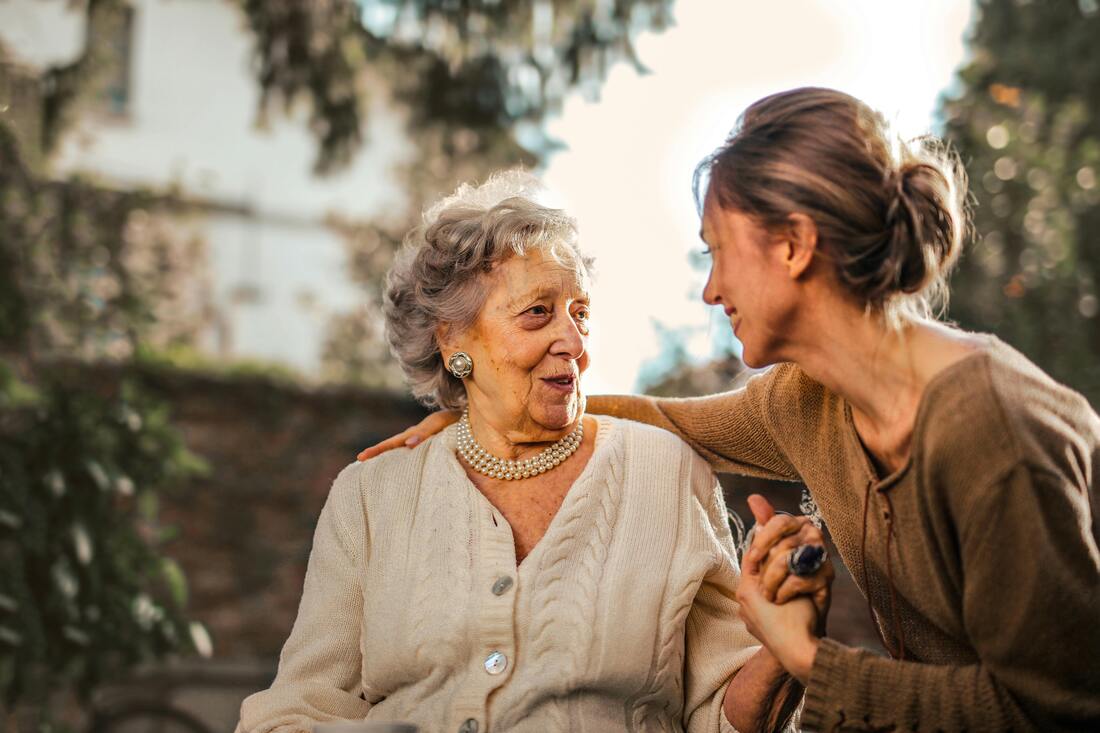

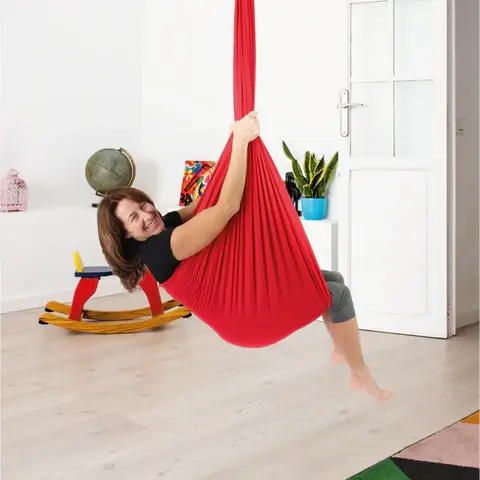





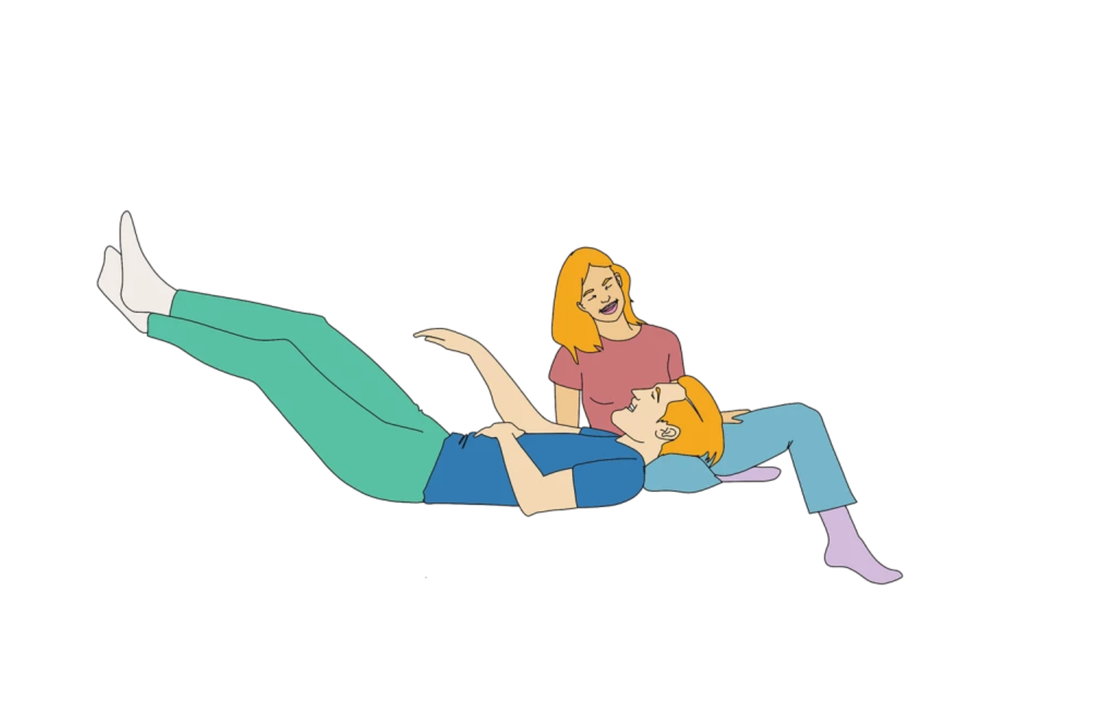

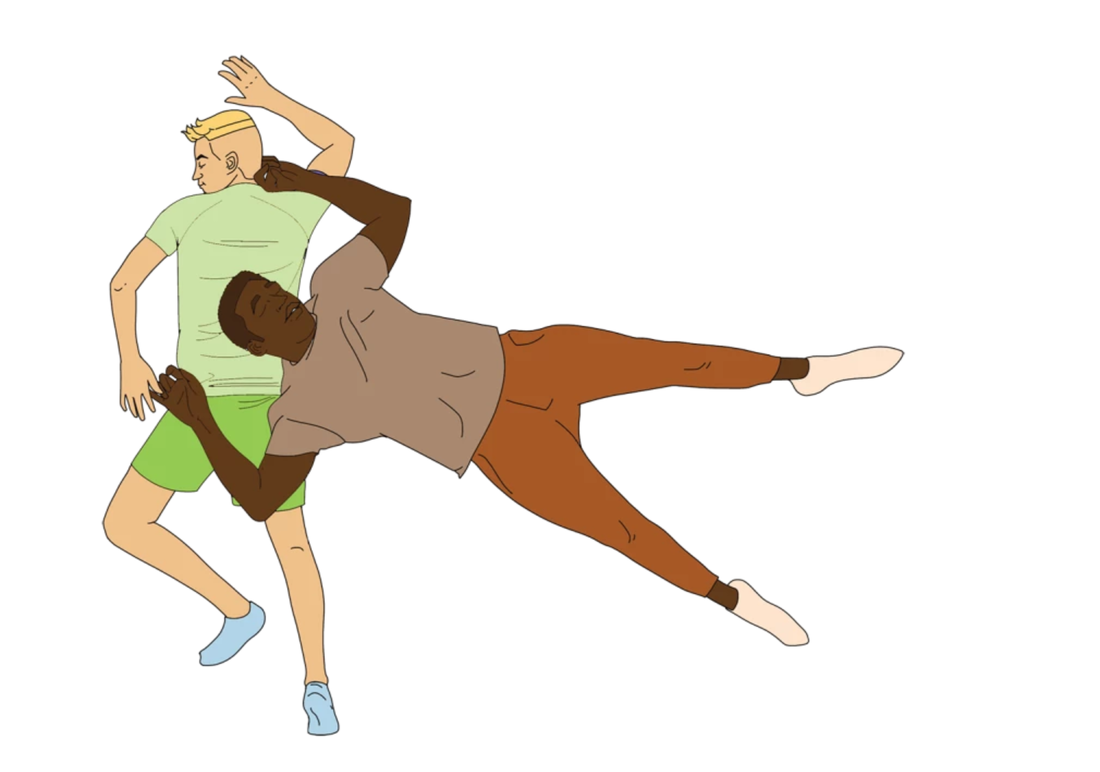
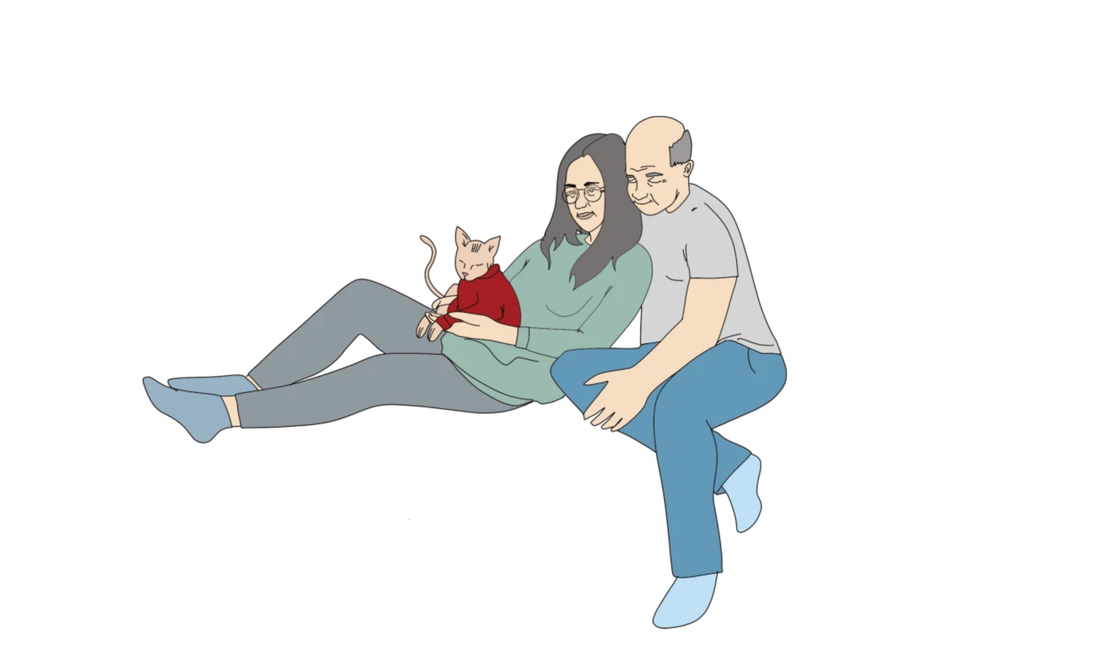
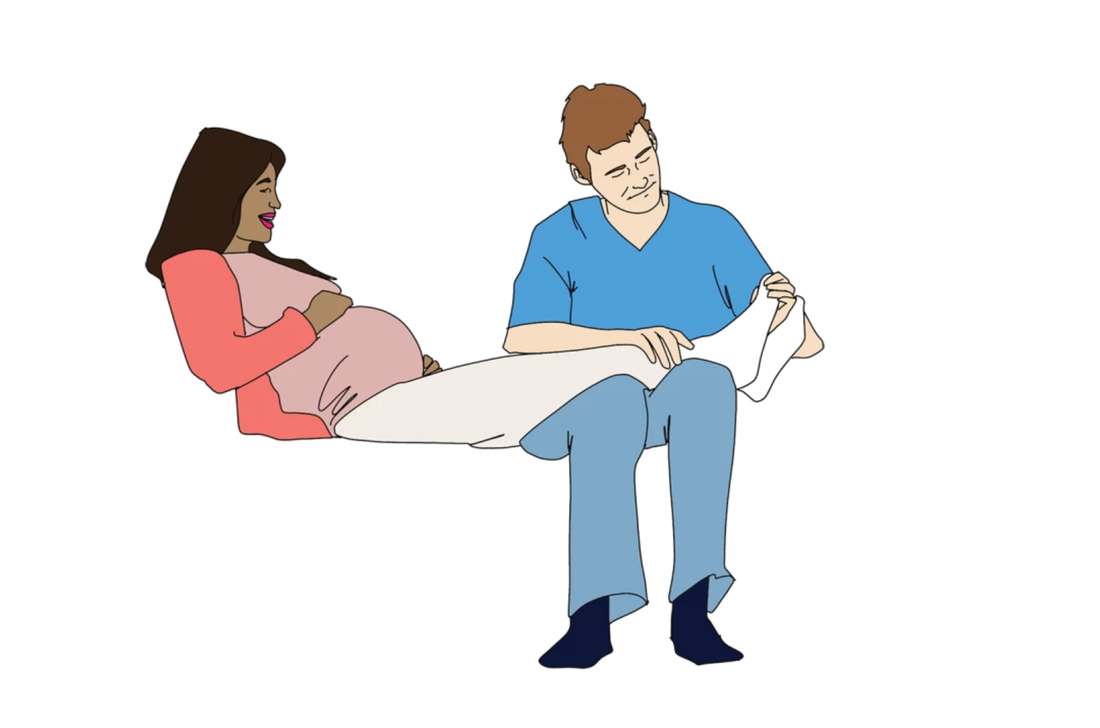
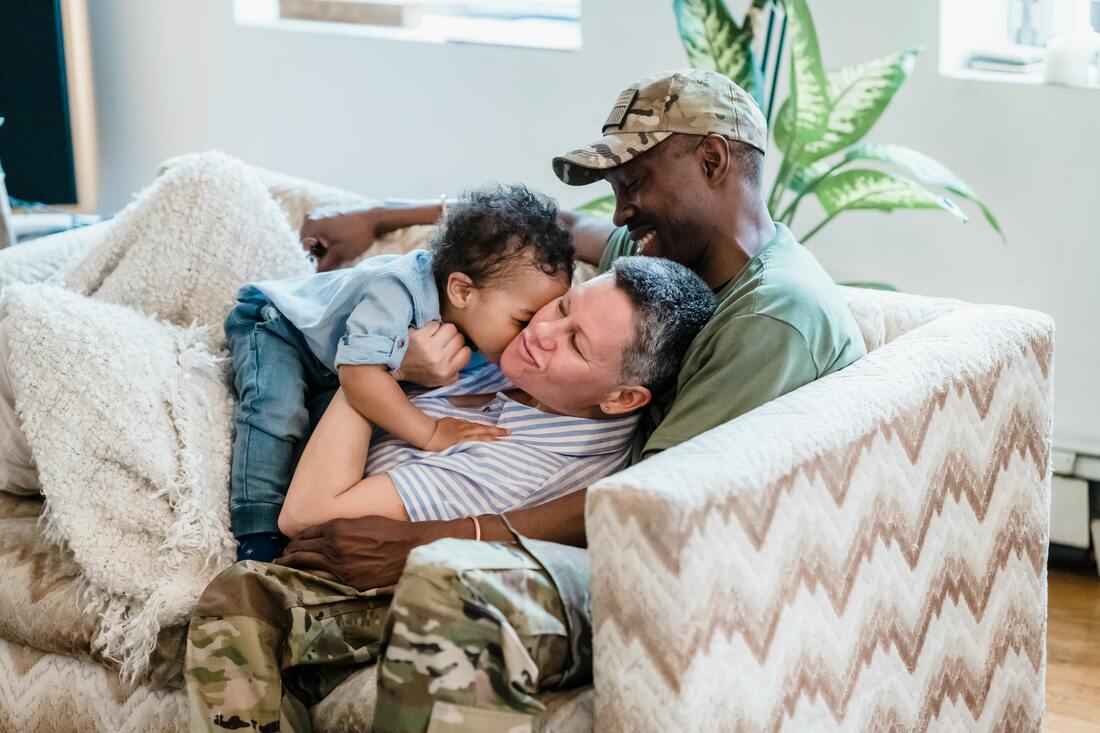



 RSS Feed
RSS Feed
